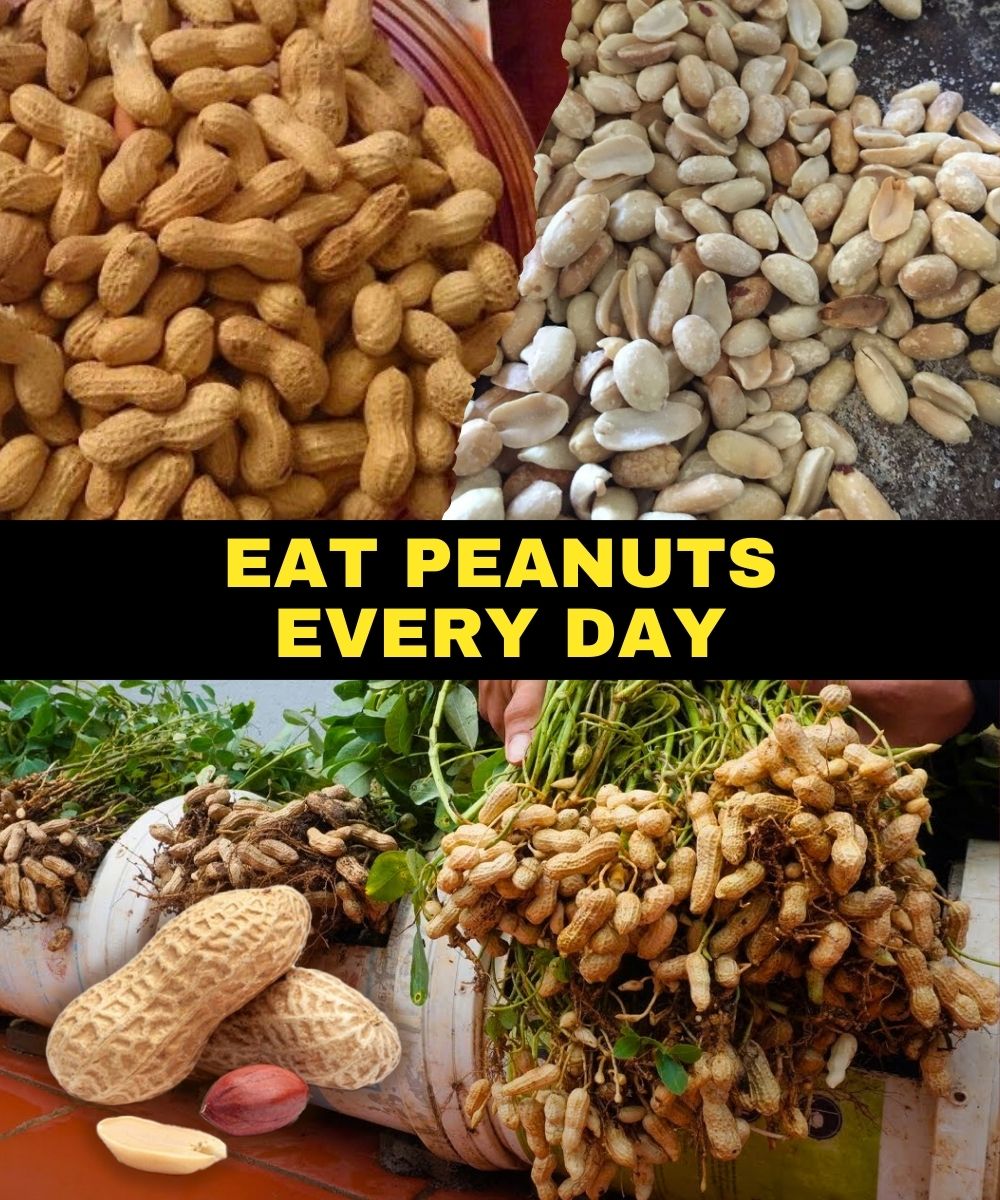
Peanuts aren’t just a tasty treat—they’re packed with essential nutrients that can greatly enhance your well-being. Incorporating just a handful into your daily diet can make a noticeable difference in your overall health!
1. Promotes Heart Health
Peanuts are loaded with heart-friendly monounsaturated and polyunsaturated fats that help lower bad cholesterol (LDL) and support cardiovascular function. They also contain resveratrol, a powerful antioxidant that helps protect against heart disease.
💡 Tip: Swap unhealthy snacks for a handful of unsalted peanuts to keep your heart in top shape!
2. Enhances Brain Function & Memory
Rich in niacin, vitamin E, and antioxidants, peanuts help sharpen memory, improve focus, and support cognitive function. They may even help prevent neurodegenerative diseases like Alzheimer’s.
💡 Tip: Pair peanuts with dark chocolate for an extra brain-boosting snack!
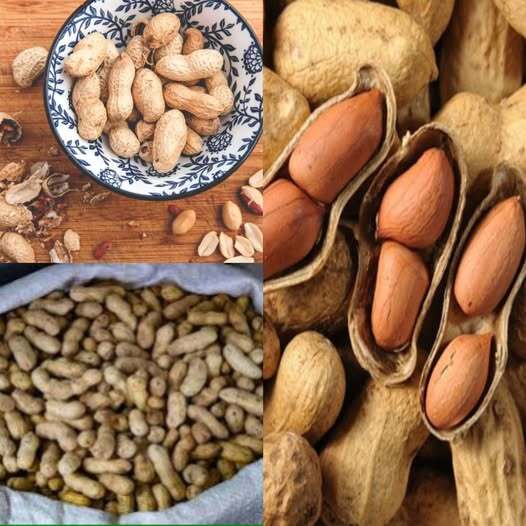
3. Aids in Weight Management
Despite being calorie-dense, peanuts promote satiety and help curb cravings. Their protein and fiber content keeps you feeling full for longer, reducing the urge to overeat.
💡 Tip: Add peanut butter to your smoothies or oatmeal for a satisfying and nutritious meal.
4. Strengthens Muscles & Bones
Peanuts are an excellent source of protein, aiding muscle repair and growth. They also contain magnesium and phosphorus, which are crucial for strong bones and osteoporosis prevention.
💡 Tip: Munch on peanuts after a workout to support muscle recovery!
5. Helps Regulate Blood Sugar
With a low glycemic index, peanuts help maintain steady blood sugar levels, making them a great choice for individuals with diabetes or insulin resistance.
💡 Tip: Instead of high-carb snacks, opt for a handful of peanuts to keep your blood sugar balanced.
6. Promotes Healthy Skin & Hair
Packed with vitamin E and biotin, peanuts nourish the skin, reduce wrinkles, and encourage hair growth. Their antioxidant content also protects against premature aging and sun damage.
💡 Tip: Enjoy raw peanuts or natural peanut butter to keep your skin glowing and hair strong!
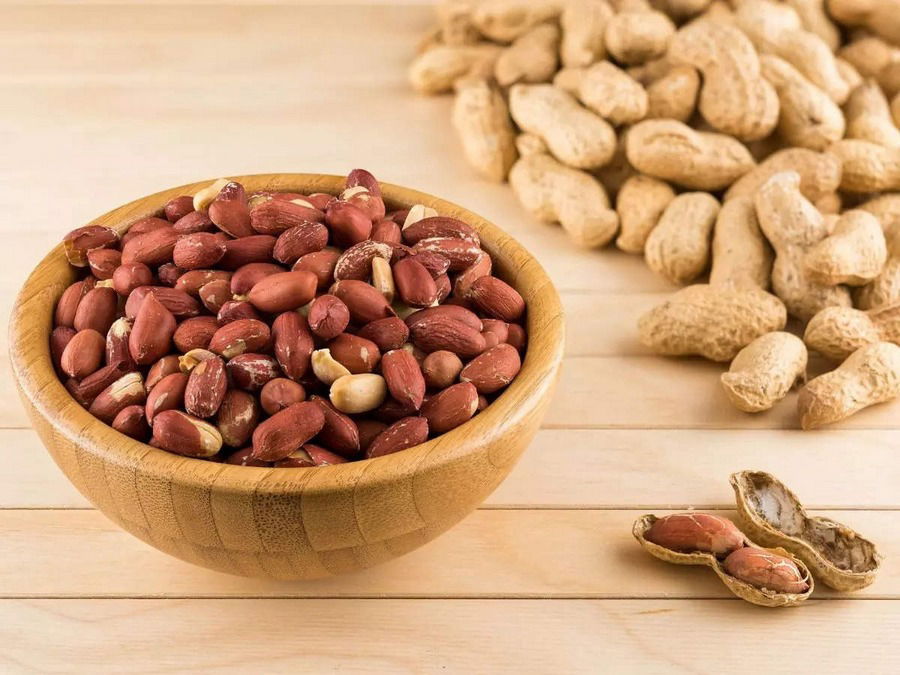
How Many Peanuts Should You Eat Daily?
For optimal health benefits, aim for one handful per day (about 28g or 1 oz). Choose raw, roasted, or natural peanut butter without added salt, sugar, or unhealthy fats.
Final Thoughts
Adding peanuts to your daily routine can boost heart and brain health, aid in weight management, and promote glowing skin. They’re not only packed with nutrients but are also budget-friendly and delicious!
So why wait? Start snacking on peanuts daily and enjoy their amazing health benefits!
Everyone needs to know to avoid buying the wrong one
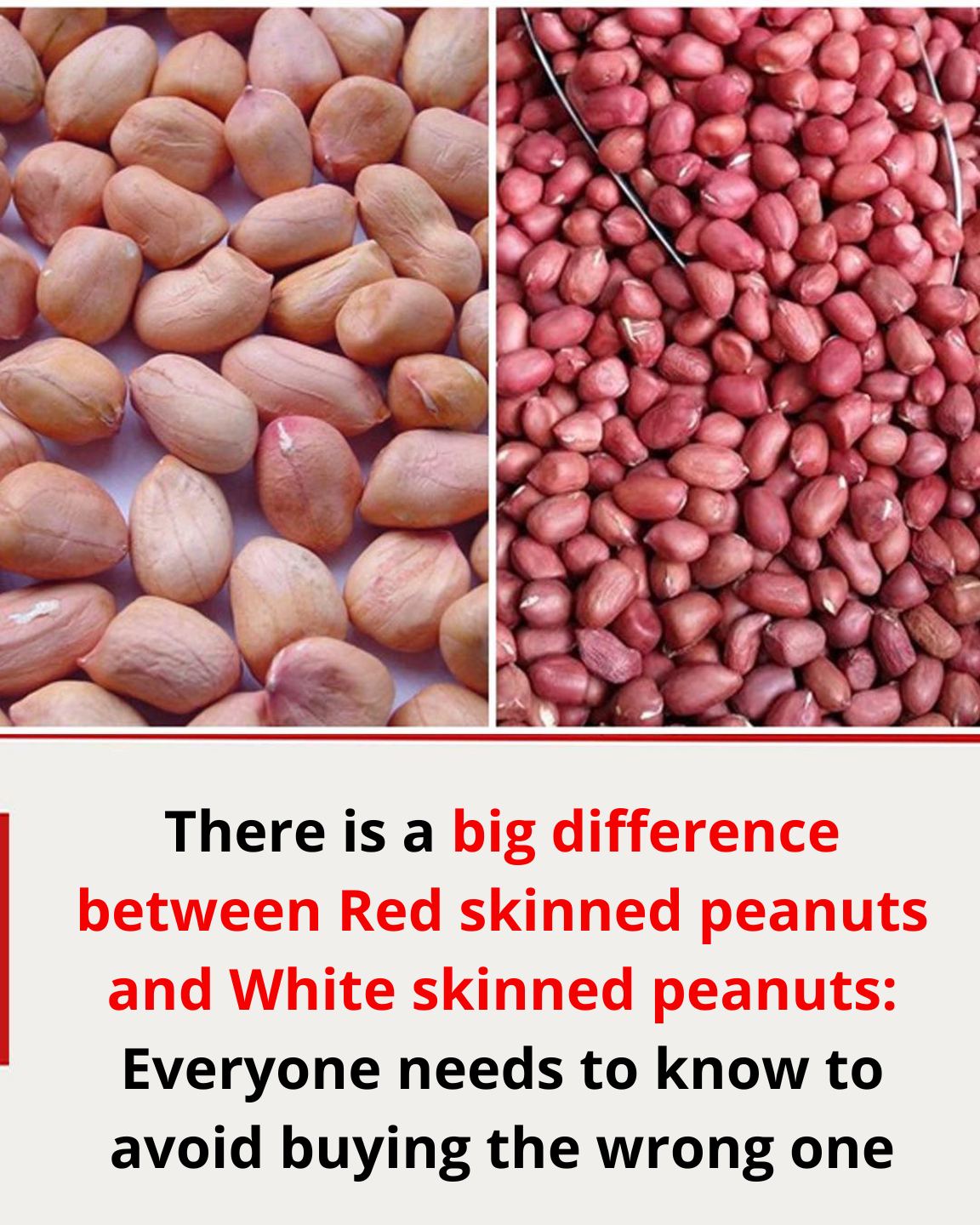
Peanuts, are rich in vitamins and nutrients, often hailed as a “longevity nut” that is highly beneficial for health. In traditional Chinese medicine, peanuts are praised for enriching blood, regulating digestion, and effectively stopping bleeding.
Today, red-skinned and white-skinned peanuts are the two most popular types. Many people believe that because they are both peanuts, they have the same taste and nutritional value, but in fact, they differ significantly.
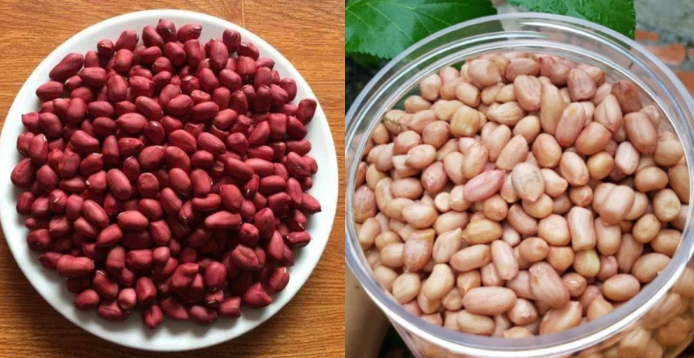
1. Flavor Differences
Red-skinned peanuts have a naturally sweet taste, especially when freshly harvested, making them ideal for soups, nut milk, etc. They are also known to enhance energy and enrich blood, making them suitable for raw consumption.
White-skinned peanuts, on the other hand, have a crunchy texture and are commonly used for frying or in various snacks. They have a higher oil content, making them a popular choice for peanut oil or peanut butter. In addition, white-skinned peanuts are lower in calories, making them suitable for those aiming to lose weight.
2. Nutritional Differences
Red-skinned peanuts are good for boosting blood and energy levels. Experts suggest not removing the skin, as it enhances digestive health and can alleviate bloating and discomfort.
However, white-skinned peanuts, contain more calcium, making them beneficial for the elderly and children. Additionally, they help the body absorb phospholipids, trace elements like selenium, and vitamin E, all of which support brain health and improve memory.
Because of their larger size and higher yield, white-skinned peanuts are often more affordable in the market.
Now that you understand the differences between these two types.
However, it’s more essential to know how to select high-quality peanuts.
Remember, size doesn’t guarantee quality, so keep these points in mind when buying:
Color: For both red and white-skinned peanuts, choose those with a bright, fresh shell color. Avoid peanuts with black or dark spots, as this indicates mold or contamination with Aspergillus flavus, a carcinogenic mold that affects flavor and safety.
Shell Tension: Dried mature peanuts should have firm, plump shells, while immature peanuts dry into a shriveled state with less nutritional value. Choose peanuts with taut, shiny shells for the best quality.
Scent: Take a handful and smell them. If you detect a moldy scent, avoid buying them no matter how cheap they are.
Peanut Sprout: Check the small white spot at the top of the peanut (the sprout). If this spot is missing, the peanuts might have been dyed, and it’s best to avoid these.




















